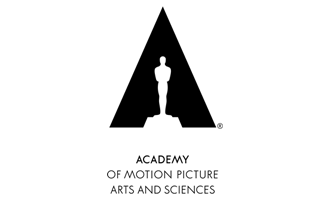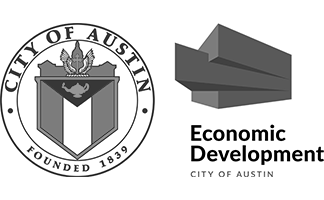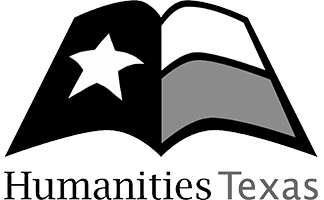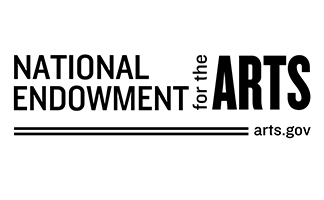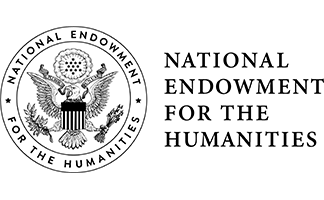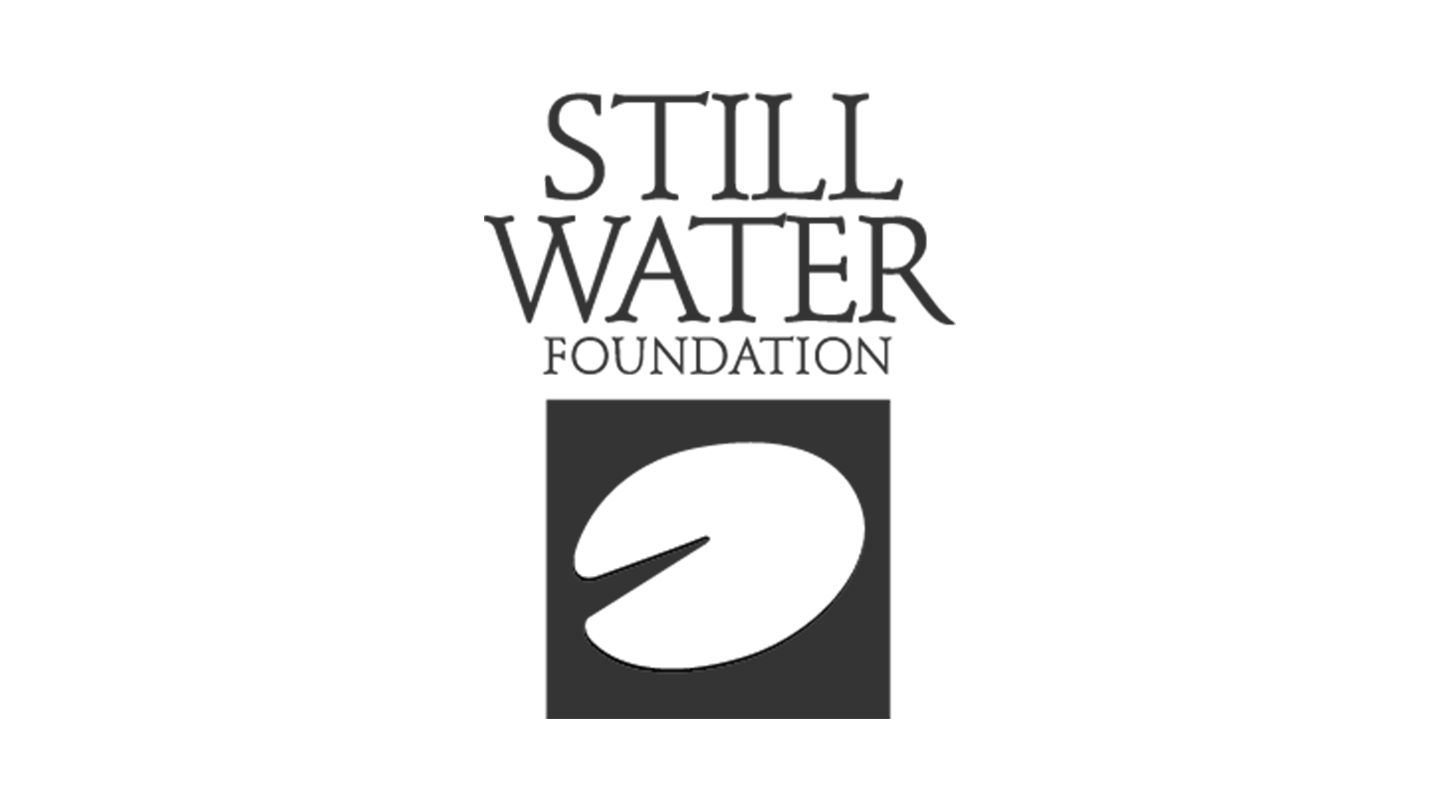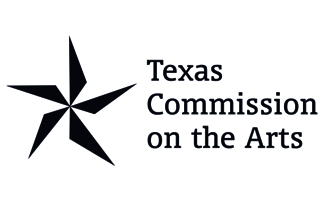
About the Project
Something isn’t right with the way we’re dying in Western culture. What if we had death all wrong? We’re disappointed with how death has been happening. What if we could course correct while there’s still time? Death/losing loved ones is the #1 fear in the world right now–but does it need to be? Human beings have been dying since the beginning of time, so when did we start running from it?
Before funeral homes, the family was involved in creating and carrying out deathcare arrangements, but currently, we’ve institutionalized one of the most important rites of passage in our culture: Death. Families are relieved to regain power when it comes to making decisions based on their loved one’s final wishes rather than being grief-stricken and handing it over to an undertaker. The undertaker who has traditionally come to take away a body, saying, “We’ll take care of it,” is an outdated model.
It was Franz Kafka that said, “The meaning of life is that it ends.” When we deny the fact that we will die one day, it denies us the ability to live fully as well. There is so much beauty in befriending death:
- It allows us to truly understand the value of this day.
- It allows us to understand the value of compassion and presence.
- It empowers us to find our purpose in life.
- It allows us to live authentically.
We hope to make the idea of dying and death less scary and more sacred.
SCOPE OF FILM: WHY DO WE NEED A NEW APPROACH?
Western culture is in denial because we don’t talk about death and then we’re faced with it. We’re starting to take control of how end-of-life is recognized with a new approach to an outdated paradigm. Baby Boomers are now the oldest population, a huge demographic shift. Boomers were the first to have birth doulas and now they want death doulas. They want to do it their way. Traditionally our culture sees death as a failure e.g. ‘fighting cancer” or “losing the battle.” It’s a war against the inevitable. Fear of the unknown.
Saying goodbye to the physical form of those we love will always have an element of heaviness and sadness, but what if we reshaped our perspective of death in a positive way?
What is death positive and what are we unpacking?
Exit Strategy introduces an umbrella for what is considered death positive and explores:
-
Alternative disposition methods include natural green burials, NOR and Aquamation
-
Death literacy platform bevival.com “Meet the imaginative daredevils who are challenging our relationship with our mortality, helping to inform a future that has yet to arrive.”
-
Death Cafes: started in London by Jon Underwood (d.2017) in 2011, are now recognized worldwide as a safe, supportive space to have stimulating discussions on all topics death-related with a small group of friendly, like-minded people. According to US News & World Report, COVID caused an increase of 17% more deaths in 2020 than the previous year.
-
Music thanatology i.e. Swan Songs’ voice, assists and comforts the dying patient.
-
Death tech: The most mysterious human event is now merging with the digital frontier. free online tools and apps help to take away the fear of death and dying and assist end-of-life decision making i.e., what to do with your physical corpse and material assets.
-
Exploring the mainstream presence of the death space. Now it’s everywhere: videos, social media, blogs, websites, podcasts, and TV shows including Amy Poehler’s “Swedish Death Cleaning”, Netflix’s “Buried by the Bernards” documentaries like “Alternative Endings: Six Ways to Die in America”
-
The film also highlights the desire of younger generations to be a part of redefining the future of the death space by expanding transparency and removing “gatekeepers.”
We should all be so blessed to have a “good death.” What does that entail? These are the quality conversations we’re cultivating with the dying and their families: Asking what their dying wishes are in advance, having legacy interview projects, obituary writing, and Celebration of Life music choices, story-telling, nourishing food, and humor.
The film shines a light on the metamorphosis where end-of-life and death options are being rediscovered and redefined.
LENGTH, DISTRIBUTION & MEDIA
This is a feature documentary intended for wide visibility starting with the festival circuit, theatrical release, and online distribution (Netflix, Amazon, Hulu, etc.) In addition, this can be available for community screenings, symposiums and conventions, death cafes, and more.
CHARACTERS
We follow some leaders at the forefront of the movement who are death positive role models who guide us in the film including:
-
Francesca Arnoldy, Author and curriculum creator of the EOL Doula certificate program at the University of Vermont.
-
Virginia Chang, Till the Last private practice EOL Doula and teacher.
-
Caren Martineau, creator of the death literacy platform, Bevival.com.
-
William Turner Heath, Death Concierge, who pivoted from the world of art curation and design to a career in funeral science, describes his role like this: “I hope to bridge my experiences with visual arts, hospitality, and technology to create highly meaningful experiential services at the end of life.”
-
Mimi Mythen, a Twenty-year-old TikTok (@mimithemortician) sensation and “death influencer,” who began making short videos about being a mortician and normalizing deathcare after seeing a TedTalk with Caitlin Doughty that changed her life path. Her most popular TikTok has gone viral with over 2.5 million views.
-
Reverend Jane B. Roy (Prairie Creek Conservation Cemetery, Gainesville) and Mitzi Chafetz (Austin Green Burials) Both encourage open conversations about what happens in the natural decomposition of a body (if not embalmed) and family participation in the burial itself.
-
Swan Songs™ illustrates an intimate, personalized, free concert for individuals who are terminally ill or nearing end of life. Their nonprofit funds go to pay the musicians.
DIRECTOR’S CONNECTION TO THE STORY
The last time I felt I came into a true calling was when I made a documentary about laughter as sacred healing medicine entitled “Praise HA” (2003) with Wavy Gravy and Patch Adams. During the filming, someone in my clown/comedy troupe got very sick and died. The question of “How do you find laughter in the face of adversity?” quickly became a theme. As Wavy Gravy says: “Laughter is the grease of God to help us slip through the terror.” This was the first time I lost a dear friend, and it set me up for future intimate experiences with death.
This project is inspired by my unanticipated eye-opening, spiritual experience of becoming my mother’s (Saraine Corn z”l) full-time caregiver and witness to her death journey. After losing her at the onset of the pandemic, I looked for answers in ‘the system.’ In a time of uncertainty, I searched for rituals and tools to work with grief, aging, and dying and went on to become certified as an End-of-Life (EOL) Doula.
Saraine Corn was 88 and, “past my expiration date.” Mother’s Day wasn’t much of a holiday in my family growing up, but now that it synchronizes with her death date, the timing brings a new resonance and amplifies the cycle of life. It’s been a time of carrying her memories, stories, and intimate moments every day. I’m grateful that I was able to be her EOL caretaker and spend substantial intimate time together. On her last day, the hospice nurse in the next room overheard me speaking to my mother and when I came out she asked, “Do you work in the medical field? Because everything you’re saying is what they guide us to say.” I was just being present, speaking from my heart, but it was an affirmation in retrospect. This may be the ultimate gift from my mother: a path I never would have considered until I had to live it myself, and this leaning into death is a worthy story to tell.
ARTISTIC APPROACH
As a marketing professional, it occurred to me that death needs a “rebrand.” I know this conversation is well underway. My vision is to bring my film expertise and EOL doula experience into the death positive movement to help educate, encourage, facilitate and normalize awkward conversations around death to ultimately bring more joy, love, and empowerment to people’s “Exit Strategy” so they can live well and die better.
This film has an upbeat inventive feel using animation and humor even in the face of a challenging topic.
Like The Wizard of Oz transforming from black & white to color, this film highlights the movement’s evolution from an outdated approach to a colorful array of options and choices.
About the Filmmakers
Wendy R. Corn (Director/Producer) is an award-winning documentary filmmaker whose films have been featured at SXSW and other festivals. Her films have addressed spirituality and community on topics such as death, laughter, Judaism, and community song circles. Wendy produced an annual teen 24-hr. filmmaking event called “Lights, Camera, Chutzpah” underwritten by the Austin Jewish Film Festival. She has been a part of the SXSW Photography Crew as a photographer & crew chief. Wendy conceived, produced, cast, and shot the award-winning “Praise HA!”, a documentary about laughter as a healer, which included Wavy Gravy, and Patch Adams amongst others. She produced and helped program the Avignon/New York Film Festival, and has worked on various other film festivals (New Directors/New Films, NYFF, Shorts International, NY Comedy, New York Women in Film and Television) in management and programming. She has also been in front of the camera as a location reporter. She has worked for media and film departments at the Museum of Modern Art (MoMA), Miramax Films, and MTV Networks and is a published writer and photographer.
Trish Dalton (Co-Producer) is a Brooklyn-based, award-winning film director/producer whose work has been broadcast on HBO, Time Warner, PBS, and Ovation after screening at many film festivals, including SXSW, Miami International, Boston Independent, Denver Starz, Nashville, True/False, DOC NYC, Full Frame, and Tribeca.
Trish’s production company, LUCKY CAT PICTURES specializes in engaging, personal story, and social impact videos. Creating informative and mission-driven content for brands, non-profits, and governments, garnering such notable clients as Capital One Spark, Conde Nast, Pepsi, Nike, illy, Cole Haan, Microsoft, Kashi, The Global Ocean Commission, and the Presidency of Senegal.
Matthew Vonesh (Director of Photography and Video Editor) is a filmmaker and photographer from Gainesville, Florida. Matthew produces multimedia work for non-profits, education, and small businesses. His documentary work often focuses on human interest stories and creating death positive narratives that celebrate the humanness of storytelling around the people who have passed away and the ones who cared for them. Matthew also started “The Calling Hours” (thecallinghours.co) with his partner William Heath, as a death concierge service that companions families during the end-of-life process, archiving stories and providing creative audio/visual tech solutions for a variety of sacred ceremonies.
Yuliya Lanina (Animation) is an interdisciplinary artist whose work exists at the intersection of visual art, performance, and technological innovation, exploring social issues like trauma, sexuality, loss, and motherhood. Born in Moscow, Lanina arrived in New York as a political refugee. There she established herself as a pioneering artist on the cutting edge of combining digital technologies with handmade media. She creates alternate realities in her works—ones based on sexuality, trauma, fetishism, death, and identity.
Lanina’s honors include Fulbright (Vienna, Austria), Headlands Art Center (CA), and Yaddo Colony (NY). Exhibitions include SXSW (TX), Seoul Art Museum (Korea), SIGGRAPH (Japan), 798 Beijing Biennial (China), Cleveland Institute of Art (OH), Museum Ludwig (Germany) and Moscow Museum of Modern Art (Russia). Her recent solo show at Xposed gallery on New York’s Highline was viewed by more than 1,000 people per day over three weeks.

